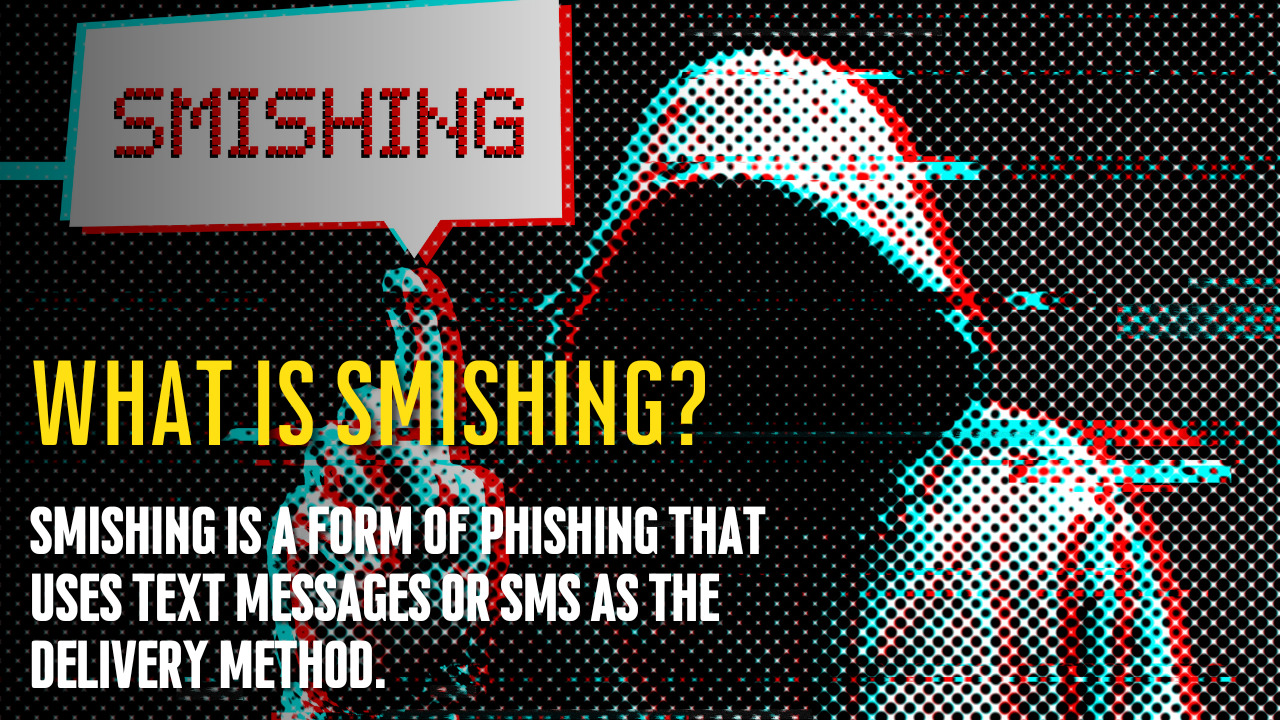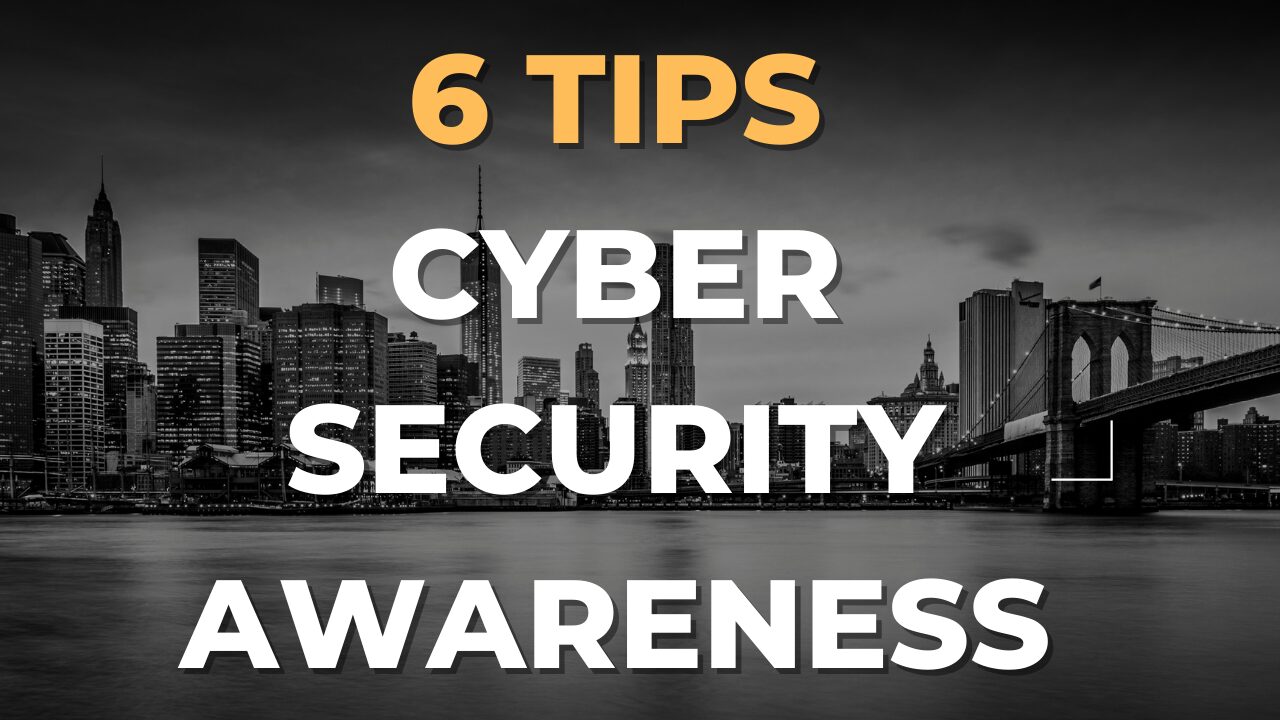What Is Smishing?
Phishing attacks have been on the rise recently, as criminals increasingly target unsuspecting victims through email and other online platforms.
A new phishing attack is emerging using mobile phones as the platform. Smishing is a form of phishing that uses text messages or SMS as the delivery method. The criminal executes the attack with the intent to gather personal information, including social insurance and/or credit card numbers.
Because smishing attacks are delivered via text message, they can be difficult to spot. However, there are some tell-tale signs that you may be the target of a smishing attack.
Be on the lookout for text messages that contain misspellings or grammatical errors, as well as messages that seem to come from unexpected or unknown sources.
Do not reply or click on any links if you receive a suspicious text message. Instead, report the message to your cell phone carrier and delete it from your device. By being aware of the dangers of smishing, you can help protect yourself and your personal information from this increasingly common attack.

Smishing
Smishing attacks are phishing attacks that use short message service (SMS), more commonly known as text messages, to deliver fraudulent messages. This form of attack has become increasingly popular in recent years because people are generally more trusting of a message that comes through a messaging app on their phone than one delivered via email.
Smishing attacks often trick the victim into divulging sensitive information or clicking on a malicious link. You can do a few things to protect yourself from smishing attacks, such as being suspicious of any unsolicited messages you receive and not clicking on links or attachments from unknown senders.
You should also report any suspicious texts to your carrier so they can investigate and take appropriate action.
These simple precautions can help protect yourself from becoming a victim of smishing.
Although many victims don’t equate phishing scams with personal text messages, the truth is that it is easier for threat actors to find your phone number than your email. There is a finite number of options with phone numbers – in the U.S, a phone number is 10 digits.
However, there are millions of potential email combinations. This makes it much easier for scammers to target potential victims through text message phishing (smishing). In addition, many people are more likely to respond to a text message than an email, as they assume it is from a friend or family member.
This makes smishing even more effective. To protect yourself from smishing scams, only open text messages from people you know and trust. If you’re unsure about a message, call the person who sent it to confirm it’s legitimate before responding.
Don’t click on any links or attachments in the message, as these may contain malware or lead you to a fake website designed to steal your personal information.
Text Phishing
Most people know the dangers of clicking on links in email messages from unknown senders, but many are less familiar with the risks of text messages. Hackers can use text messages to steal personal information or cause financial damage.
For example, they may pose as a representative from your bank and try to get you to click on a link in the text message that will take you to a webpage where you will be asked to enter personal details or to confirm a recent transaction.
They may also include a customer service number in the text message, asking you to call them about a suspicious charge or a compromised account. By being aware of these tricks, you can protect yourself from becoming a victim of fraud.
Hackers often use sympathetic measures to gather sensitive information from unsuspecting victims. For instance, they may send messages purporting to be from a charity organization asking for donations to help with hurricane relief efforts. The message will include a link that, when clicked, takes the victim to a page where they are asked to enter their credit card information, address, and social insurance number.
Once the hacker obtains this information, they can use it to make monthly charges on the victim’s credit card without raising suspicion. This type of attack is becoming increasingly common, so it is important to be aware of it and take steps to protect yourself.
If you receive a message like this, do not click on any links or provide personal information. Instead, contact the purported sender directly to verify the request.
Cellphone Phishing
One common smishing tactic is to send an offer for a discount on a service or phone upgrade. The message typically urges you to click on a link to activate the deal. However, this link will take you to a fake website that looks like your provider’s.
Once on this website, you may be asked to confirm your credit card number, address, and social insurance number. It is important to remember that if something sounds too good to be true, it probably is.
Don’t let yourself be caught in a smishing scam – always be vigilant about the links you click and the information you share online.
Instant Messaging Phishing
While phishing can be carried out via various methods, one increasingly common approach is to use instant messenger freeware, such as Facebook Messenger or WhatsApp. The hacker will send a message masquerading as a legitimate entity, such as a bank or government agency. The message will often contain a link that leads to a fraudulent website designed to collect the victim’s personal information.
This type of phishing is especially dangerous because it exploits users’ growing comfort level by opening messages from and responding to strangers through social media platforms. Instant messenger phishing can be very difficult to detect, so it is important to be vigilant when interacting with unfamiliar people online.
If you receive a suspicious message, do not click on any links and immediately report it to the platform.







